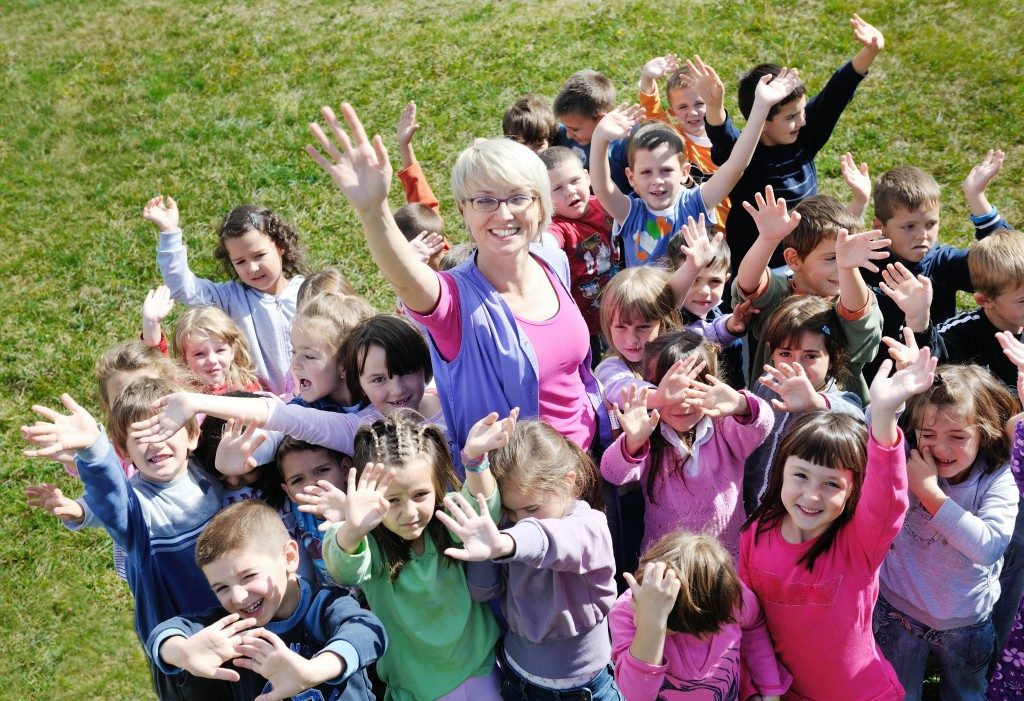Recent studies have observed how childhood has drastically changed over the years—with fewer opportunities to spend time outdoors than ever. As education systems become more standardized, learning becomes more structured. As technology becomes a part of children’s life, their activities become limited to indoor and onscreen ones. With an increased sense of fear in society, parents let their children go outside less. As such, various academic institutions are starting to recognize the need to connect and integrate children with the natural world.
While a classroom setup is ideal for your child, there’s still so much more to learn outside of it. Even canopies for schools offer an excellent avenue for outdoor learning. Engaging children in outdoor activities early on can contribute significantly to developing more of their non-cognitive or soft skills, which will come in handy in the real world.
Creativity and Self-reliance
In class, teachers have already established their authority over their students. Children are likely to ask for permissions whenever they want to do something. However, outside, they tend to express more of their creativity and not rely much on others to lead them. Activities outside class give them freedom and encourage them to take control of their learning. This is how education in children’s formative years should be: children-centered and children-led.
Confidence and Social Skills
Outdoor activities give children more time and opportunity to interact with their classmates. This helps bring them out of their comfort zones and build their communication skills. Also, group activities play an essential role in helping them understand the value of teamwork. These activities encourage them to work on their leadership and cooperation skills.
Risk Management and Problem-solving
Although outdoor places can pose dangers, they can enhance children’s problem-solving, risk management, and conflict resolution skills. When children are faced with challenges, they become resourceful. They explore new possibilities and seek out alternative solutions. Thus, risk is an essential factor in fostering creativity, too.
Adaptability and Resilience
Exposing children to different people, environments, and circumstances broadens their horizon early on. Similarly, presenting them with problems can further nurture their resilience. With an expanded worldview, they understand that some things don’t always go according to plan and learn to deal with them. When children acknowledge and embrace risks, they actively push themselves to be better.
Environmental Awareness

As children spend more time outside, they also develop a better understanding of nature. As a result, they already realize the need to protect and care for it even at an early age. Moreover, studies show that exposure to nature encourages pro-environmental behavior in children. Hence, outdoor activities can instill love and care for the environment in children.
While outdoor activities teach children essential life lessons, it’s doesn’t necessarily mean that they’re more important than textbook lessons—and vice versa. Both are equally important. It all boils down to finding the right balance between academic development and outdoor play. Ultimately, it’s not about confining children’s learning to four corners of the classroom; it’s about opening these rooms to let children discover what lies beyond.

